Reliable Bulk Bay Leaves for Export
We specialize in supplying bulk bay leaves for export with guaranteed freshness and consistent quality. Also known as bay laurel and Laurus nobilis leaves, this aromatic herb is widely used by wholesalers, importers, and distributors in the food, spice, and beverage industries. At ACPFOOD, we are a trusted wholesale supplier of bay leaves, ensuring reliable bulk quantities to meet the needs of international buyers.
GENERAL DATA
Plant Parts: Leaves
Cultivation mode: Wild collection/ Cultivated
In manufacturing: Pharmaceutical, aromatherapy, spice, etc.
In Foods: It’s used in many foods as flavoring.
🍃 Industries That Use Bay Leaves (Laurus nobilis L.)
Here is the full professional and structured industry breakdown for Bay Leaf from Laurus nobilis L.—commonly known as True Bay, Sweet Bay, or Mediterranean Bay Leaf.
🌿 What Is Bay Leaf?
Bay leaves refer to the aromatic dried leaves of the evergreen Laurus nobilis tree, native to the Mediterranean region. Known for its spicy, slightly bitter flavor, it is widely used in culinary, medicinal, and cosmetic industries.
Bay leaves contain essential oils (notably cineole and eugenol), flavonoids, and tannins, contributing to their antimicrobial, digestive, anti-inflammatory, and aromatic properties.
1. Pharmaceutical & Traditional Medicine Industry
Bay leaves has a long history in Greek, Roman, Persian, Ayurvedic, and European herbal medicine systems.
Medicinal Applications:
-
Carminative & digestive aid: relieves bloating, gas, and indigestion
-
Respiratory support: used in steam for congestion, cough, and colds
-
Anti-inflammatory: included in herbal treatments for rheumatism and joint pain
-
Mild diuretic: supports fluid balance and urinary tract wellness
✅ Delivered via decoctions, powders, teas, balms, and topical compresses
✅ Bay essential oil used in topical anti-arthritic balms and chest rubs
2. Food & Culinary Industry
Bay leaves is a staple herb in global cuisines, especially in Mediterranean, Indian, Middle Eastern, and French cooking.
3. Nutraceutical & Functional Foods Industry
Used in digestive, antioxidant, and metabolic wellness products.
Functional Applications:
-
Teas or capsules for blood sugar support
-
Extracts used in metabolic syndrome and antioxidant blends
-
Included in digestive tonics and cholesterol-lowering formulas
✅ Contains linalool, eugenol, and cineole, contributing to bioactivity
4. Essential Oil & Aromatherapy Industry
Bay leaves essential oil (Oleum Lauri) is a powerful oil with warming, antiseptic, and relaxing effects.
Aromatherapy Uses:
-
Used for muscle pain, nerve tension, and stress relief
-
Key oil in massage oils, vapor blends, and inhalants
-
Applied topically for joint inflammation or muscle fatigue
✅ Often blended with Black Pepper, Eucalyptus, Rosemary, or Clove oil
6. Ethnic, Organic & Export Markets
Bay leaf is a widely traded botanical used in both culinary and therapeutic contexts.
Export Forms:
-
Whole dried leaves (bulk and retail packs)
-
Ground powder, bay oil, or herbal infusions
-
Included in spice mixes, health teas, and aromatic kits
✅ Popular in Middle Eastern, Indian, Mediterranean, and organic wellness sectors
7. Scientific & Botanical Research
Bay leaf is studied for its phytochemical richness and pharmacological potential.
Research Areas:
-
Antimicrobial and antifungal activity
-
Blood glucose regulation and insulin sensitivity
-
Anti-inflammatory and antioxidant potential
-
Lipid-lowering and metabolic health effects
✅ Highlighted in phytomedicine, functional food, and natural therapy research
✅ Summary of Key Applications
| Industry | Common Uses |
|---|---|
| Pharmaceutical & Traditional | Digestive aid, respiratory remedy, rheumatism support |
| Culinary | Flavoring for stews, soups, pickles, rice dishes |
| Nutraceutical & Functional | Blood sugar control, digestion support, antioxidant capsules |
| Aromatherapy & Essential Oil | Joint pain relief, stress relief, vapor therapy |
| Cosmetic & Personal Care | Herbal tonics, acne skincare, anti-dandruff haircare |
| Ethnic & Export Markets | Bulk herbs, bay-infused teas, seasoning blends |
| Scientific Research | Antioxidant, glucose-lowering, antimicrobial studies |
🌟 Key Features
-
Aromatic leaves high in eugenol, linalool, cineole, and tannins
-
Used in culinary, therapeutic, and cosmetic formulations
-
Recognized for digestive, antimicrobial, and anti-inflammatory properties
-
Traditional symbol of honor and protection in Mediterranean culture
-
Sold worldwide as whole leaves, oil extracts, and powdered supplements
🍃🫐Comparison Table: Bay Leaf vs. Laurel Berry
| Aspect | Bay Leaf (Leaf) | Laurel Berry (Fruit) |
|---|---|---|
| Plant Part | Dried aromatic leaf | Small fleshy drupe (fruit) |
| Appearance | Lance-shaped, dark green, leathery | Round, dark purple to black when ripe |
| Main Use Category | Culinary, medicinal, aromatic | Skincare, soapmaking, medicinal |
| Traditional Uses | Flavoring food, digestion aid, respiratory relief | Skin healing, pain relief, antifungal care |
| Primary Constituents | Cineole, eugenol, linalool, flavonoids, tannins | Lauric acid, oleic acid, linoleic acid, traces of cineole |
| Culinary Use | Widely used in soups, stews, rice, pickles | Not used in cuisine |
| Pharmaceutical Use | Carminative, anti-inflammatory, expectorant | Topical antiseptic, analgesic, emollient |
| Cosmetic/Skincare Use | Tonics, deodorants, dandruff care, acne control | Emollient creams, Aleppo soap, eczema & fungal treatments |
| Aromatherapy Use | Essential oil in massage, chest rubs, vapors | Cold-pressed oil in bath and massage blends |
| Essential Oil Extraction | Steam-distilled from leaves (Bay Oil) | Cold-pressed oil from berries (Laurel Berry Oil) |
| Soap Industry | Used for fragrance in natural soap blends | Base ingredient in Aleppo soap (5–40% oil concentration) |
| Form of Export | Whole dried leaves, ground leaf, essential oil | Whole dried berries, pressed oil, skincare formulations |
| Shelf Stability | Very stable when dried properly | Oil can oxidize over time if not stored properly |
| Scientific Interest | Studied for antimicrobial, antioxidant, glucose-lowering | Studied for anti-inflammatory, antifungal, and dermal benefits |
| Symbolic Use | Crown of honor in Greco-Roman culture | None culturally symbolic, but deeply valued in folk skincare |
✅ Summary Snapshot
| Feature | Bay Leaf | Laurel Berry |
|---|---|---|
| Primary Market | Culinary & therapeutic | Skincare & soapmaking |
| Form Used | Dried leaves, essential oil | Whole berry, cold-pressed oil |
| Function | Digestive, aromatic, respiratory | Skin healing, anti-inflammatory, emollient |
| Products | Soups, teas, balms, hair products | Aleppo soap, healing salves, face oils |
🌟 Key Takeaways
-
Bay Leaf dominates culinary, herbal medicine, and aromatherapy industries.
-
Laurel Berry plays a leading role in traditional skincare, Aleppo soap, and therapeutic oils.
-
Though both come from the same plant, their chemical composition, industry role, and applications differ greatly—offering a complementary range of natural solutions.
PRODUCT NAME IN DIFFERENT LANGUAGES
Persian Name: برگ بو، باهشتان، مازریون/ Barg-e-Boo, Bahashtan, Mazarion
German Name (Deutschland, Austria, Switzerland): Lorbeerblatt, Edel lorbeer
French Name (France, Belgium, Switzerland, Quebec): Feuilles de Laurier
HARVEST CALENDAR
Feb
Mar
Apr
May
Jun
Jul
Aug
Sep
Oct
Nov
Dec
To order Bay Laurel leaf, please contact us.
About Laurus Nobilis
Bay tree is an evergreen tree that has a very long life and its height reaches eight meters. The leaves of this tree are oval, slightly pointed, dark green and a little softer than the leaves of the Salix Alba tree and they are aromatic and bitter. The flowers are yellow and very small and grow in clusters. Each flower has four tender and oval petals.
The fruits of this tree are oval and black, and each one is almost the size of a grape. These fruits have a very thin skin and a bilobed kernel. They are fragrant, oily and almost cream color. But if it gets old, it turns red.
To order Bay Leaves, please contact us.
Bay Leaf Temperament
Second degree of hot and dry
✅ Nutrition Facts – Bay Leaves (Dried)
Scientific Name: Laurus nobilis L.
Form: Whole dried leaf
Serving Size: 1 tablespoon crushed (~0.6 g)
Reference Values: per 100 grams dried leaf (not typically consumed at this quantity)
| Nutrient | Per 100g (Dried) |
|---|---|
| Energy | 313 kcal |
| Protein | 7.6 g |
| Total Fat | 8.4 g |
| – Saturated Fat | 2.3 g |
| – Monounsaturated Fat | 1.6 g |
| – Polyunsaturated Fat | 2.3 g |
| Carbohydrates | 74.9 g |
| – Sugars | 0.0 g |
| – Dietary Fiber | 26.3 g |
| Ash (Minerals) | ~3.5 g |
🧂 Minerals
| Mineral | Per 100g | % DV (approx.) |
|---|---|---|
| Calcium | 834 mg | 83% |
| Iron | 43.0 mg | 240% |
| Magnesium | 120 mg | 30% |
| Potassium | 529 mg | 15% |
| Phosphorus | 113 mg | 16% |
| Zinc | 3.7 mg | 33% |
| Manganese | 8.2 mg | 360% |
🍃 Vitamins
| Vitamin | Per 100g | % DV (approx.) |
|---|---|---|
| Vitamin A (RAE) | 6185 IU (~309 µg) | 35% |
| Vitamin C | 46.5 mg | 52% |
| Vitamin B6 | 1.74 mg | 134% |
| Folate (B9) | 180 µg | 45% |
| Niacin (B3) | 2.0 mg | 13% |
🌿 Phytochemicals & Essential Oils
Bay leaves are rich in:
-
Cineole (Eucalyptol) – Antimicrobial, expectorant
-
Eugenol – Antioxidant, antiseptic
-
Linalool, Sabinene, Pinene – Calming, anti-inflammatory
🩺 Traditional and Industrial Uses
| Application | Function |
|---|---|
| Culinary spice | Aroma and flavor in stews, soups, meats |
| Herbal teas | Digestive support, mild diuretic |
| Topical oil infusion | Muscle relief, aromatherapy |
| Industrial extraction | Fragrance, antiseptics, and oral care |
| Pest deterrent | Natural repellent against insects |
⚠️ Notes:
-
Whole bay leaves are typically removed before consumption.
-
Not toxic, but consuming whole leaves may pose a choking hazard due to their tough texture.
-
Should not be confused with California bay leaf (Umbellularia californica) which has a much stronger, often overpowering flavor.
To order Bay leaf Laurus nobilis, please contact us.

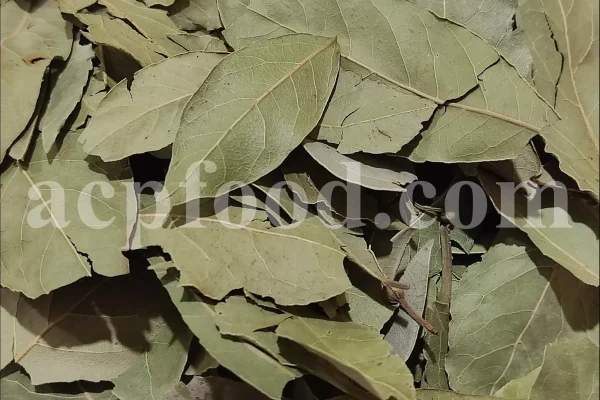
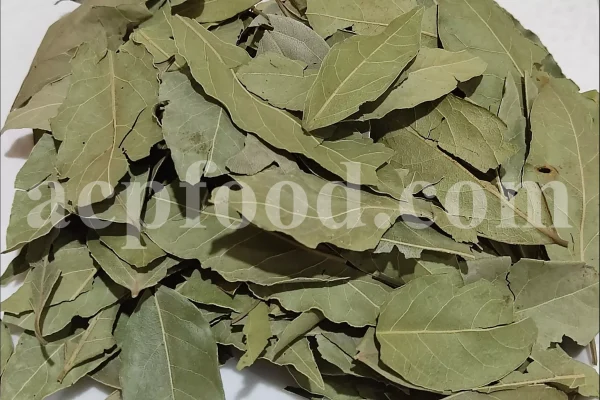
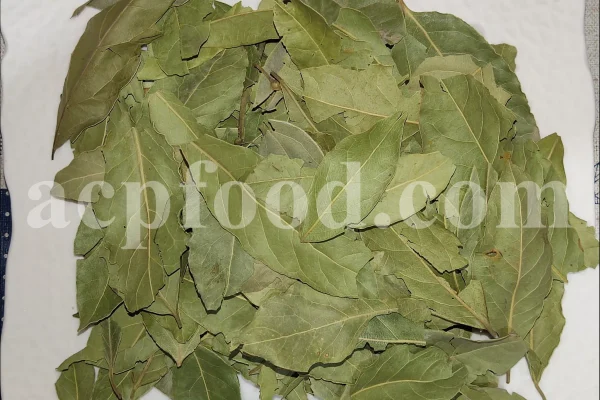
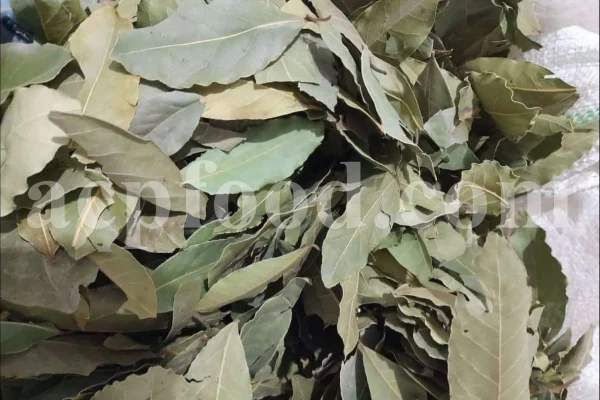
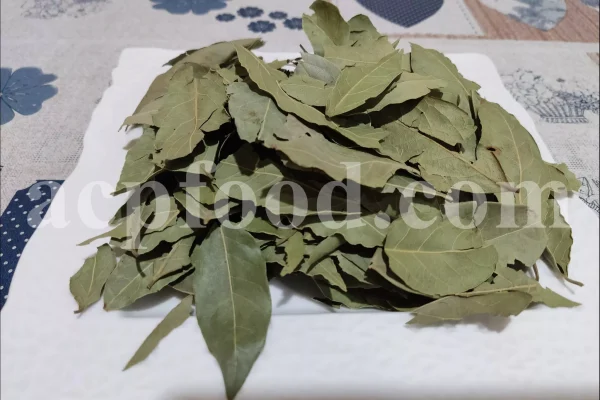
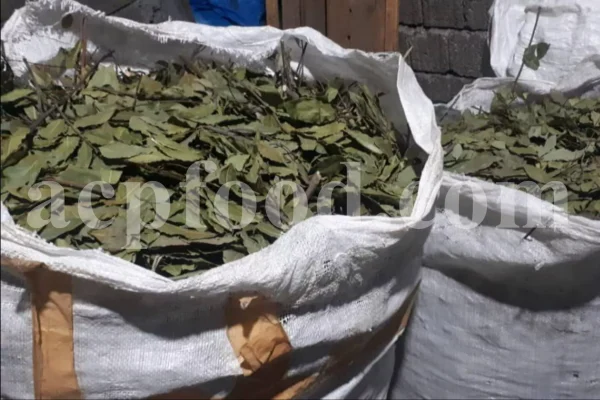

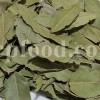
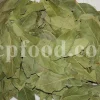

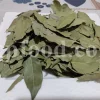
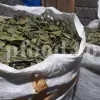

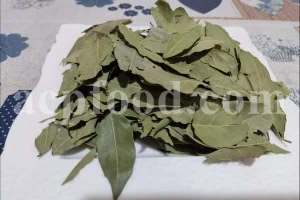
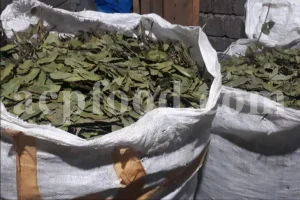
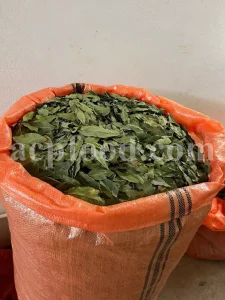
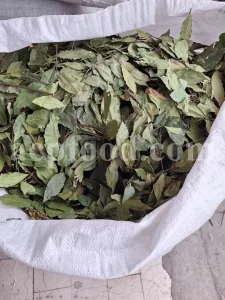
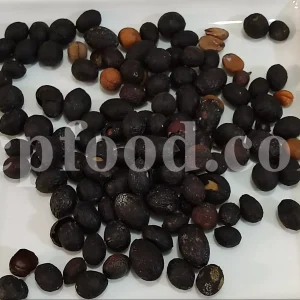
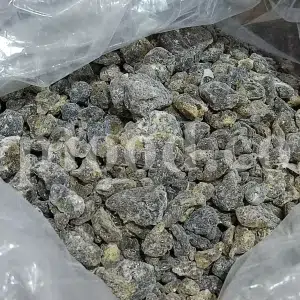

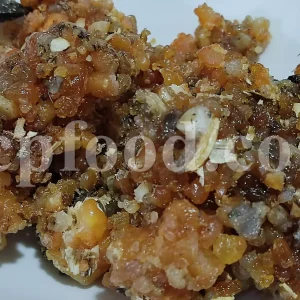
Reviews
There are no reviews yet.